ELIP-001: EigenLayer報酬の柔軟性を解除する
この記事では、Rewards V2がMVPをどのように改善し、その中核的な革新、そしてEigenLayerエコシステム内での分散化とセキュリティの向上にどのような影響を与えているかについて検討します。EigenLayerの報酬システムは、エコシステム内での積極的な参加を促すための重要な一歩と位置付けられました。Rewards MVP(v1)は、ステーカーとオペレーターが報酬を請求するための基礎的なメカニズムを提供しましたが、その制約はより柔軟かつ効率的なモデルの必要性を示しました。これがRewards V2の登場する場所です。
With Rewards V2、EigenLayerはこれらの欠点に対処するために、AVS、オペレーター、およびステーカー間のインセンティブをよりよく整合させるシステムを導入します。このアップグレードには、オペレーター指向の報酬などの主要な機能が含まれており、AVSは自身の特定のニーズに合わせてインセンティブを調整することができ、変動するオペレーター手数料により、オペレーターはカスタム手数料率を設定する自由が与えられます。さらに、バッチ請求の導入により、ガスコストが削減され、報酬請求プロセスが簡素化されます。
この記事では、Rewards V2がMVPをどのように改善し、その中核的な革新、EigenLayerエコシステム内での分散化とセキュリティの向上に与える広範な影響について検証します。さあ、始めましょう!
EigenLayerについての簡単な(再)紹介
EigenLayerは、イーサリアムエコシステム内のすでにステーキングされた資産に対して新たな可能性を開くために設計された革新的なプロトコルです。従来、ステーキングされた資産は単一のレイヤーやプロジェクトのセキュリティに関連しており、その潜在能力が制限されていました。EigenLayerは、これらの資産を再ステーキングすることで、新たなトークンのステーキングを必要とせずに、追加のプロトコルのセキュリティを確保するための使用を拡張します。
この再ステーキングメカニズムは、ステーカーに追加の柔軟性を提供するだけでなく、分散システムのセキュリティと弾力性も向上させます。EigenLayerは、Ethereumのセキュリティ保証を再利用することにより、ステークされた資産がアクティブに検証されたサービス(AVS)などの他のプロトコルの安全性に寄与することができます。元のレイヤーの整合性を損なうことなく。
セキュリティを超えて、リステーキングはオペレータとステーカーが複数のAVSやプロトコルと調和する機会を提供します。ステーカーは自分の資産を特定のオペレータとAVSに割り当てることができ、そのセキュリティに積極的に貢献しながら、パフォーマンスとステーク割り当てに基づいた報酬を獲得することができます。
この記事では、「リワードV2」として俗に呼ばれるEigenLayerの報酬構造を刷新する提案は、ELIP-001です(「ELIP」はEigenLayer Improvement Proposalの略です)。私たちは、EigenLayerフォーラムでの提案とそれに関連する議論をチェックすることをお勧めします。
なぜ報酬のアップグレードが必要だったのか:課題への対応
EigenLayerの報酬MVP(v1)は、エコシステム内での参加を奨励するための報酬システムを作成するための重要な初期ステップでした。オペレータやステイカーが報酬を請求するための基礎的なメカニズムを導入しました。しかし、プロトコルが進化し、新しいユースケースが現れるにつれて、特定の制限が明らかになりました。
MVPの主な課題の1つは、報酬の配布方法における柔軟性の不足でした。システムは、AVSs(積極的に検証されたサービス)やオペレーターの多様なニーズに適応できない固定ルールで運営されていました。たとえば、すべてのオペレーターが個々の貢献度やパフォーマンスに関係なく均一な方法で報酬を受け取りました。これにより、AVSsは特別なインセンティブを導入することが制限されました。
また、オペレーター向けの固定料金体系は、より広範な採用の障害となった。オペレーターはデフォルトの手数料率に制限されており、運用コストの変動や特定のAVSsに対するより多くのステークの獲得の必要性を考慮していませんでした。このカスタマイズの欠如により、オペレーター、AVSs、およびステーカーのインセンティブの整合性に非効率が生じました。
もうひとつの注目すべき問題は、報酬の請求の非効率性でした。個別に報酬を請求するためのガスコストはかなり高く、特に複数のAVSに関与している場合は、プロセスが魅力的ではなくなります。
これらの課題に対応するために、EigenLayerは報酬システムの柔軟性、効率性、およびアライメントを向上させるために設計された革新的なRewards V2を導入しました。
リワードV2の新機能:コアの革新
Rewards V2は、リワードMVP(v1)で特定された課題に対処するための一連の主要なアップグレードを導入します。これらの革新は、EigenLayerのリワードシステム内の柔軟性、効率性、および整合性を向上させ、AVS、オペレーター、およびステーカーにとってよりダイナミックで使いやすい体験を作り出すことを目指しています。以下が新しい内容です:
オペレーター主導の報酬:
- AVSは、パフォーマンス、分散貢献、またはAVSによって定義された他の基準に基づいて、特定のオペレータに報酬を割り当てることができるようになりました。この柔軟性により、AVSはインセンティブを調整し、よりダイナミックで目的のある報酬分配モデルを促進することができます。
可変の手数料オペレーター:
- オペレーターはもはや固定料金率に制限されていません。 リワードV2では、オペレーターは各AVSに対して0%から100%までの独自の手数料を設定できます。 この変更により、経済的な柔軟性が導入され、オペレーターは手数料を運用コストとよりよく整合させるか、特定のAVSに追加のステークを引き付けることができます。 手数料の変更は透明性を確保するため、7日間の遅延後に有効になります。
Batch-claiming:
- ステーカーとオペレーターは、1つのトランザクションで複数の報酬を請求することができるようになり、ガスコストを大幅に削減することができます。この改善により、複数のAVSを管理する人や大量のステークを管理する人にとって、報酬の請求プロセスがより効率的になります。
これらの革新は、EigenLayerの報酬システムの利便性とスケーラビリティを総合的に向上させます。MVPで確立された基盤に基づいて、Rewards V2は、より公正かつ柔軟なメカニズムを提供し、エコシステムの多様なニーズに対応し、プロトコルの分散化とセキュリティの総合的な目標を支援します。
なぜ重要か:エコシステム全体に与える影響
EigenLayerのELIP-001は、報酬の配分方法に意義ある改善をもたらし、AVSs、オペレーター、ステーカーに直接的な利益をもたらします。MVPの制限に対処することで、報酬V2はすべての参加者にとってよりダイナミックで個別に適したインセンティブシステムを作成します。
AVS向け:
- オペレーター報酬の強化された制御により、分散化やセキュリティの目標とよりよく整合することが可能になります。
オペレーター向け:
- 多様なAVSへの参加を促進するカスタマイズ可能な手数料率による経済的な自由の向上。
ステーカーのために:
- AVS報酬構造への透明性が向上し、より賢明で戦略的なステーク割り当てが可能になりました。
このアップグレードにより、従来のステーキングモデルでの重要な問題も解決されます。ここでは報酬がステークの大きさに比例するため、大口のステーカーがより多くの権力を蓄積し、しばしば中央集権化につながってしまうという問題があります。ELIP-001により、AVSはカスタム報酬メカニズムを導入することができ、このサイクルを断ち切り、より分散化された、安全な、そしてバランスの取れた環境をすべての参加者に提供することができます。
動作方法:簡略化されたメカニズム
Rewards V2はEigenLayerエコシステム内で報酬を配布するための効率的かつ柔軟な方法を導入します。単純に説明すると、こういう仕組みです。

AVSsは報酬ロジックを定義します:
- アクティブに検証されたサービス(AVS)は、彼らのニーズに応じてオフチェーンまたはオンチェーンで実装できる報酬の分配ルールを設定します。これは、オペレータのパフォーマンス、完了した特定のタスク、または彼らの目標に一致する他の基準に基づく場合があります。

運営者は手数料をカスタマイズします:
- オペレーターは、サポートするAVSごとに料金率を調整できます。これらの変更はステーカーとAVSに通知され、7日後に有効になり、その間、ステーカーは必要に応じてステークを引き出す機会があります。

バッチクレームは報酬を簡素化します:
- ステーカーやオペレーターは、一度に複数の報酬を単一のトランザクションで請求することができ、時間とガスコストを節約することができます。
AVSが報酬ロジックをカスタマイズし、オペレーターが手数料を調整し、ステーカーが効率的に請求を管理できるようにすることで、報酬V2はすべての参加者のニーズに合った柔軟でバランスの取れたシステムを作ります。ユーザーフレンドリーで公正かつ適応性のある設計です。
結論
EigenLayerの報酬 V2は、エコシステム内のインセンティブの構造化方法における重要な進化を表しています。オペレーターによる報酬、カスタマイズ可能な手数料、およびバッチ請求を導入することにより、MVPの主要な制限に対処し、より動的で公正で分散化された環境を作り出しています。これらの改善は、AVS、オペレーター、およびステーカーに力を与えるだけでなく、より柔軟性とイノベーションの余地を生み出します。
EigenLayerがシステムを磨き続ける中、リワードV2の導入は、より安全で協力的なブロックチェーンエコシステム構築への取り組みを示しています。これらの進化により、EigenLayer上のステーキングとインセンティブの未来はこれまで以上に明るく包括的に見えます。
免責事項:
関連記事
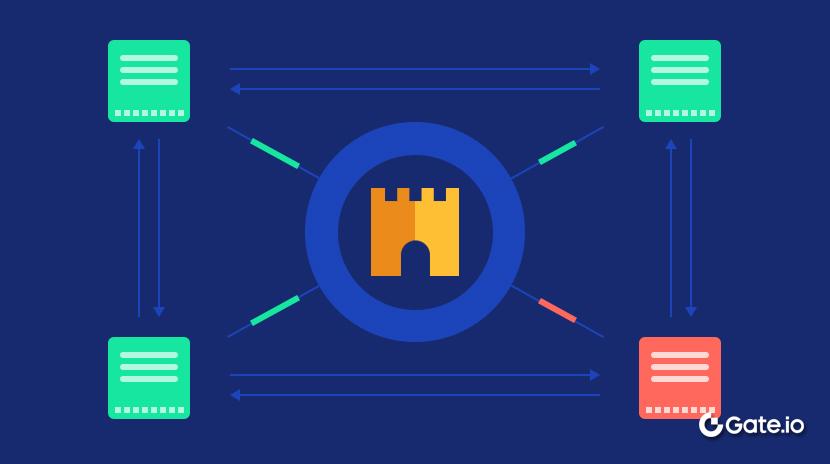
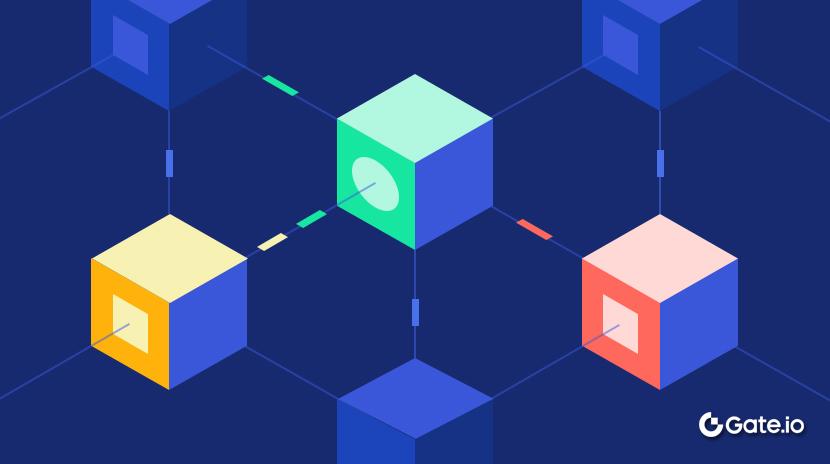
ブロックチェーンについて知っておくべきことすべて
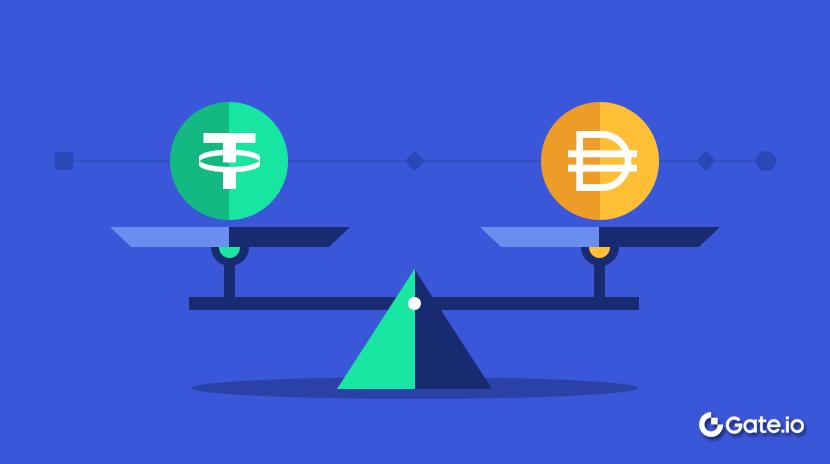
ステーブルコインとは何ですか?
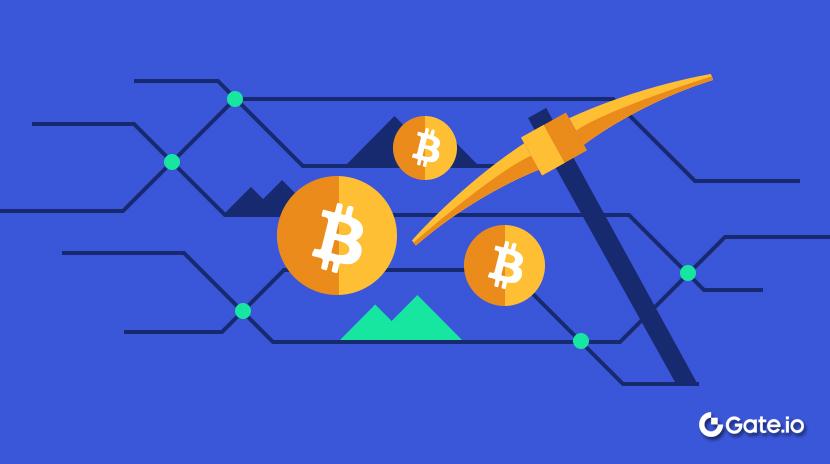
流動性ファーミングとは何ですか?
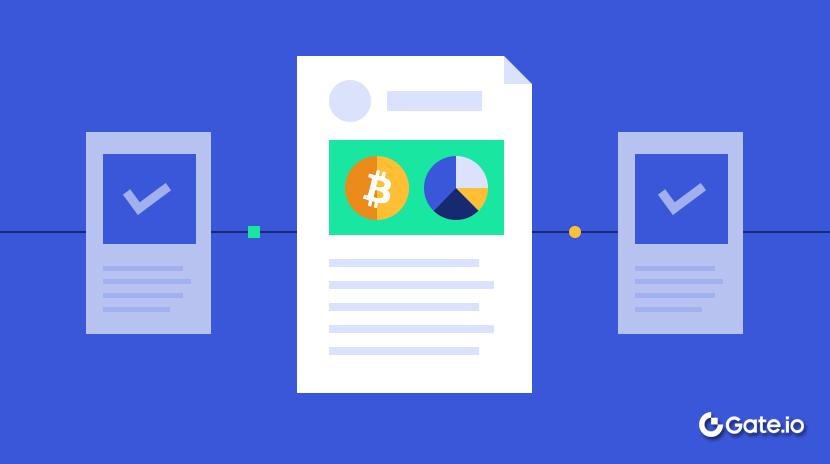
分散型台帳技術(DLT)とは何ですか?
